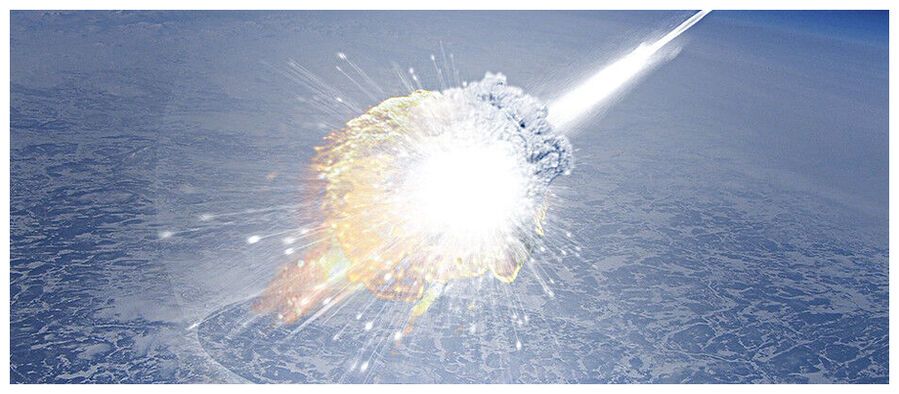
© astronomynow.com
A paper published in March of 2021 in the journal
Science Advances reports on the discovery of evidence for a large airburst type impact within the SØr Rondane Mountains, Queen Maud Land, East Antarctica. The report bears the names of a 15-member international team that did the research. The lead author was M. Van Ginneken with the Belgian Geological Survey. In the first sentence of the abstract to the article the authors support something I have been saying for literally decades:
"Large airbursts, the most frequent hazardous impact events, are estimated to occur orders of magnitude more frequently than crater-forming impacts."This fact is confirmed simply because
airbursts don't leave impact craters. In this case the fingerprints of the event took the form of condensation spherules resulting from "a touchdown event, in which a projectile vapor jet interacts with the Antarctic ice sheet." The authors go on to explain that "Finding evidence of these low-altitude meteoritic events thus remains critical to understanding the impact history of Earth and estimating hazardous effects of asteroid impacts." They further report that "In recent years, meteoritic ablation debris resulting from airburst events have been found in three different locations of Antarctica. The material . . . all appears to have been produced during a Tunguska-like airburst event 480 thousand years (ka) ago."
With respect to their research, they say: "Here, we present the discovery of extraterrestrial particles formed during a significantly larger event recovered on . . . Queen Maud Land, East Antarctica. The characteristic features of the recovered particles attest to an unusual type of touchdown event, intermediate between an airburst and a crater-forming impact, during which the high-velocity vapor jet produced by the total disruption of an asteroid reached the Antarctic ice sheet." This event was estimated by the team to have occurred about 430 thousand years ago.
The authors provide some critical perspective on the effects of these type of impacts:
"The impact hazards resulting form the atmospheric entry of an asteroid that are currently being addressed by impact mitigation programs depend mainly on whether the impactor reaches the ground or is entirely disrupted in the atmosphere (i.e., airburst). For small-to medium-sized impactors (50- to 150-m diameter) producing airbursts, the main hazard is limited to blast effects resulting in strong overpressures over areas of up to 100,000 km2 wide. [38,600 sq miles] Thermal radiation may also result in fires over an area of 10 to 1000 km2 wide. . . . in addition to shockwaves and thermal radiation covering the aforementioned areas, these events are potentially destructive over a large area, corresponding to the area of interaction between the hot jet and the ground. The authors point out that such an event over Antarctica would inject ice crystals and impact dust into the upper atmosphere but would not directly affect human activity.
However, they explain that "if a touchdown impact event takes place above a densely populated area, this would result in millions of casualties and severe damages over distances of up to hundreds of kilometers."Now comes a new report in
Earth and Planetary Science Letters on the discovery of evidence for yet another airburst event over Antarctica. The 11-member team responsible for the report is comprised of geologists, astrophysicists, and archaeologists from the U.S., the United Kingdom, Belgium, Russia, Japan, France and Italy.
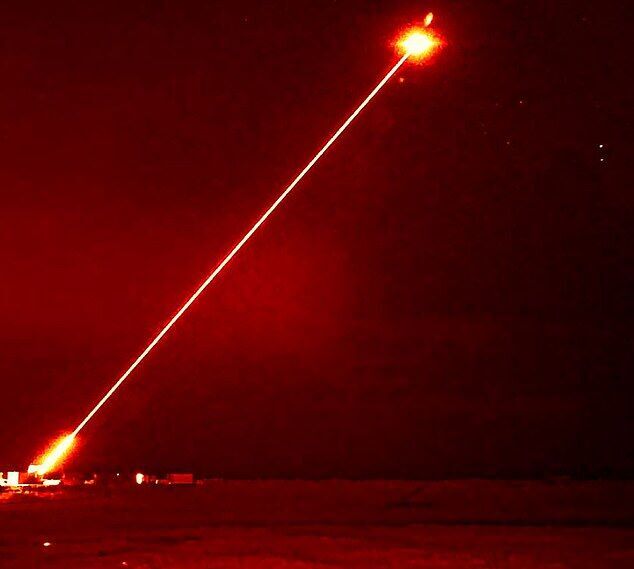
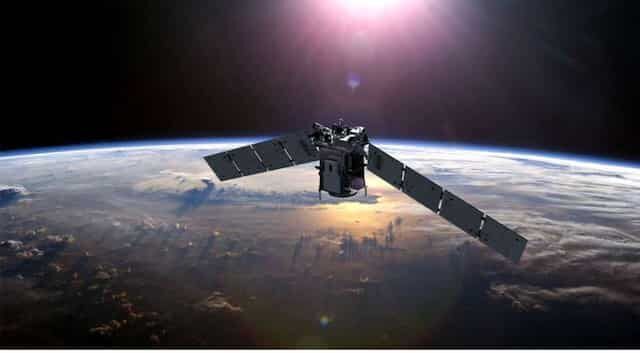
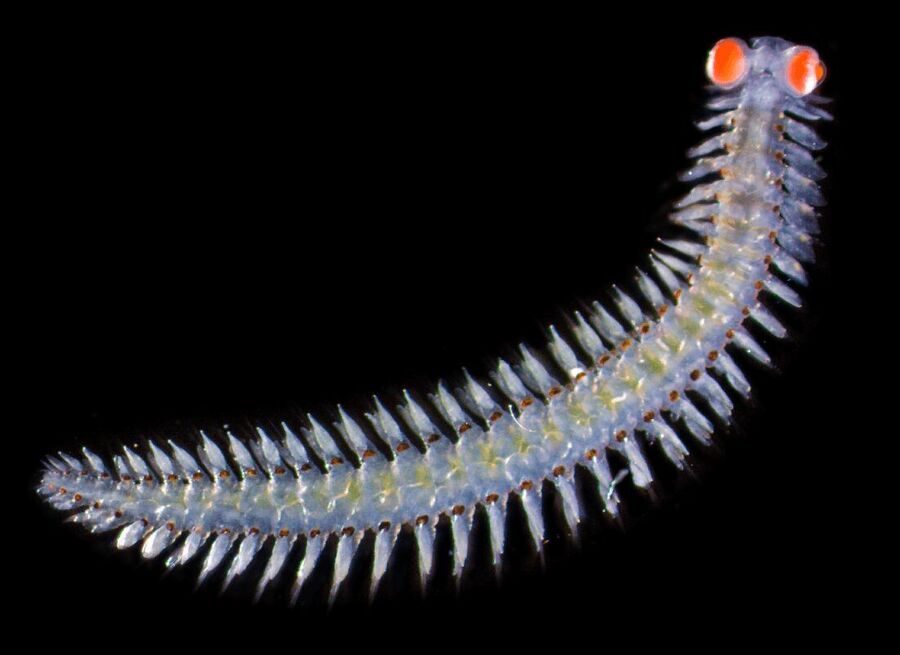
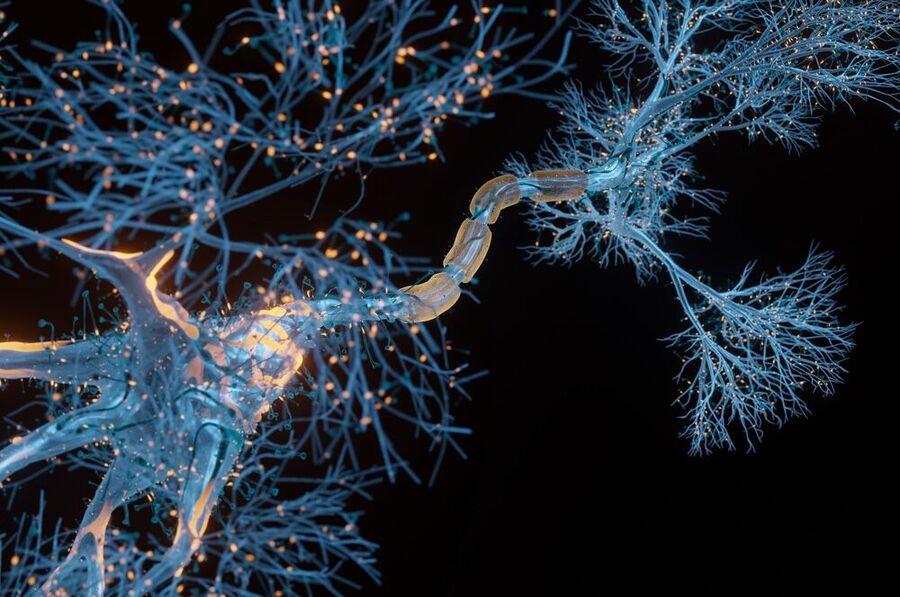





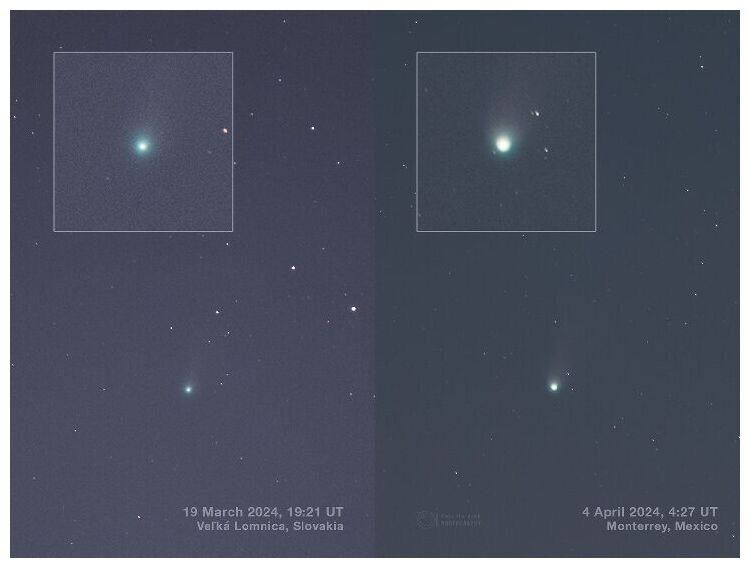



Comment: Whatever could go wrong?